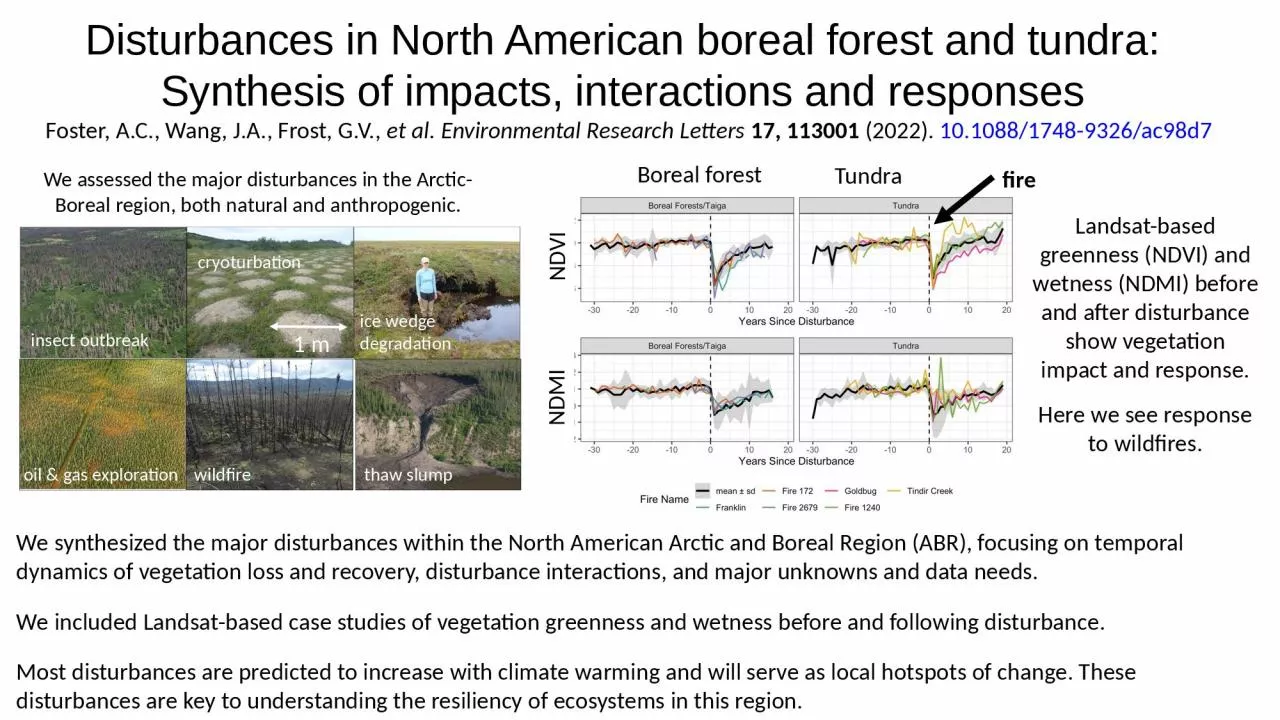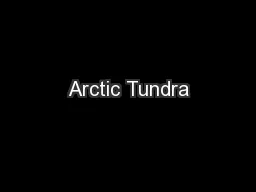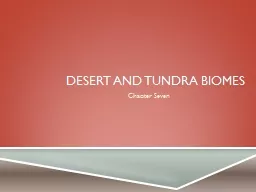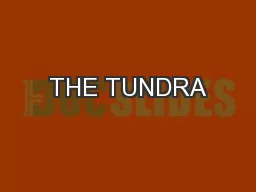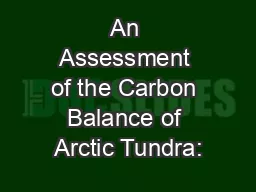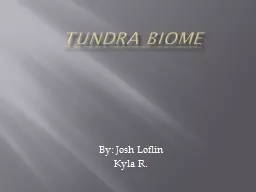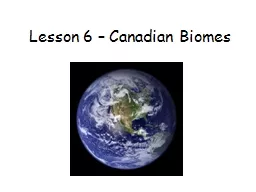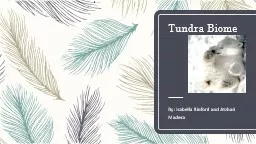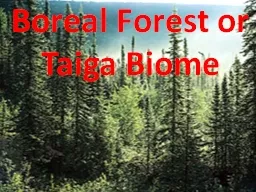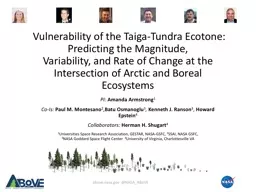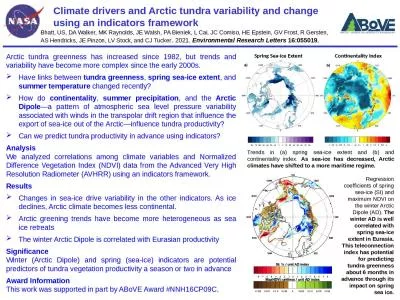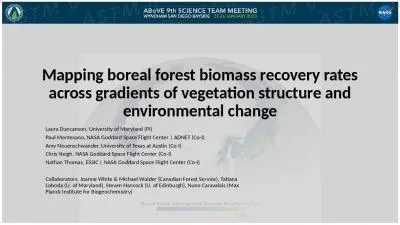PPT-Disturbances in North American boreal forest and tundra:
Author : williams | Published Date : 2023-10-28
Synthesis of impacts interactions and responses Foster AC Wang JA Frost GV et al Environmental Research Letters 17 113001 2022 10108817489326ac98d7 We synthesized
Presentation Embed Code
Download Presentation
Download Presentation The PPT/PDF document "Disturbances in North American boreal fo..." is the property of its rightful owner. Permission is granted to download and print the materials on this website for personal, non-commercial use only, and to display it on your personal computer provided you do not modify the materials and that you retain all copyright notices contained in the materials. By downloading content from our website, you accept the terms of this agreement.
Disturbances in North American boreal forest and tundra:: Transcript
Download Rules Of Document
"Disturbances in North American boreal forest and tundra:"The content belongs to its owner. You may download and print it for personal use, without modification, and keep all copyright notices. By downloading, you agree to these terms.
Related Documents

